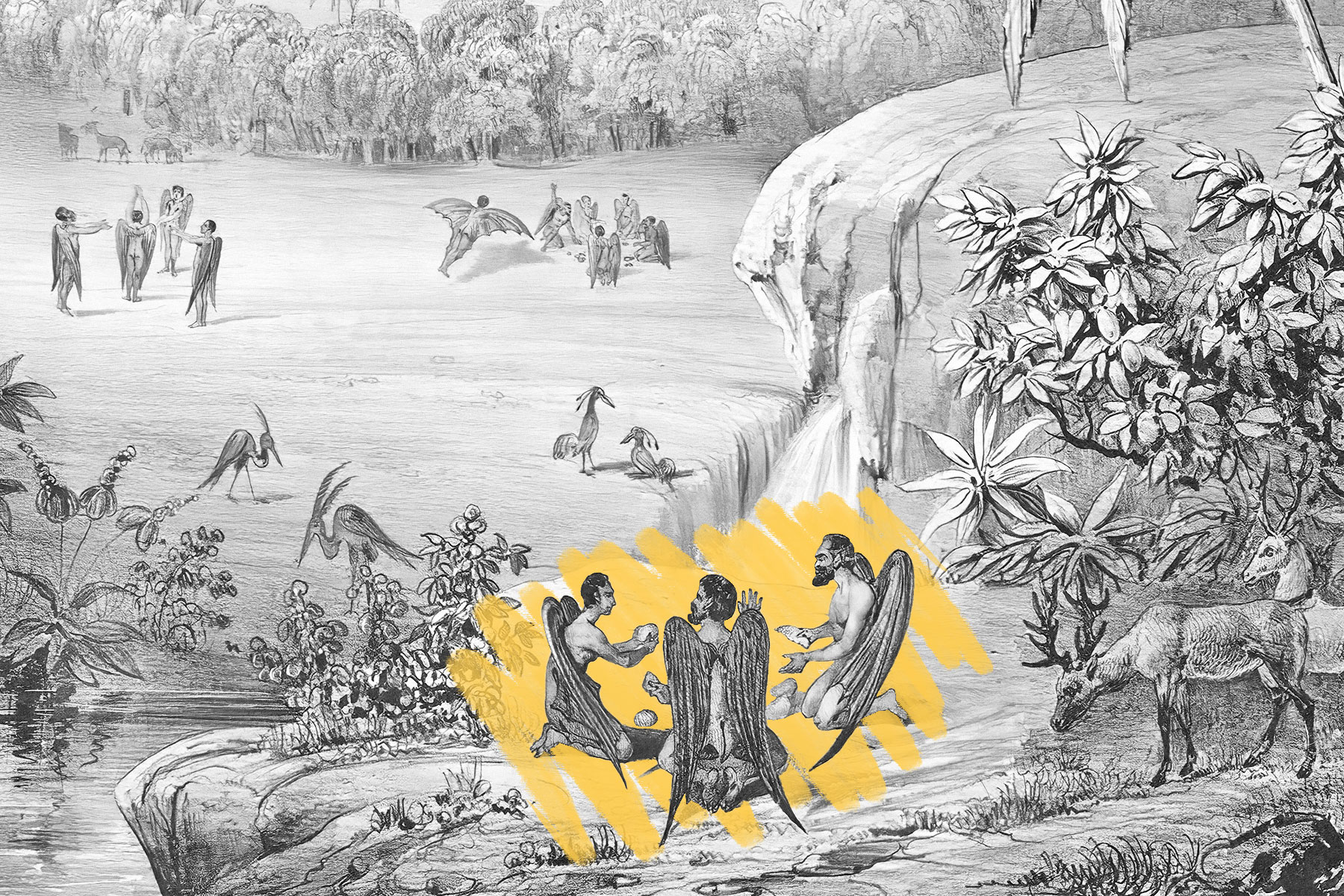Did we discover life on the moon in 1835?
Saturday, March 2, 2024
When The New York Sun started publishing in 1833, the paper was just a penny per edition, making it popular with New York's less affluent residents. |
| |
| |
|
 |
|
| W hen The New York Sun started publishing in 1833, the paper was just a penny per edition, making it popular with New York's less affluent residents. Just a year later, it had the highest circulation of any newspaper in the United States. Unfortunately for its many readers, it had a tumultuous relationship with the truth. The most notorious incident was 1835's "Great Moon Hoax," a six-part series, supposedly written by someone named Andrew Grant with the Edinburgh Journal of Science, that claimed that life had been found on the moon. |
|
|
| The first article, published on August 25 that year, reported that the famous astronomer John Herschel had made a number of startling discoveries about the moon and distant planets after hauling a 7-ton telescope from England to the Cape of Good Hope, the southern tip of Africa. Herschel had actually set up a telescope in South Africa (though it was not quite that large), which both gave the story a sheen of truth and left the astronomer conveniently unavailable to deny the report. The next day, the Sun reported that Herschel had discovered stunning Earth-like landscapes; brown quadrupeds resembling small bison; a playful, single-horned, goatlike species; birds similar to cranes and pelicans; and some sort of spherical amphibian. The day after that, it was larger bison, more birds, and miniature zebras. |
|
| The descriptions only got more extravagant as the series stretched on, and the story started to lose credibility, although at one point a team of Yale scientists came to New York in search of the original Edinburgh Journal articles. On day four, when the Sun described short, hairy humanoid bipeds with batlike wings engaged in animated conversations, more readers and newspapers started to cry hoax. The paper acknowledged the fabrication in mid-September, admitting that the Edinburgh Journal had ceased publication already and Grant was a fictional character. Perhaps surprisingly, the incident didn't hurt the paper — readership skyrocketed during the moon hoax week and the Sun continued publishing until 1950. |
|
 |  |
|
| Thank you for supporting our advertisers! |
|
| |
|
 |
|
By the Numbers |
|
| Diameter (in miles) of the moon's Sea of Tranquility | | | 542 |
| | | Days it takes for the moon to orbit the Earth | | | 27.322 |
| | | Days it takes for the moon to orbit the Earth | | | 27.322 |
|
|
|
| Years Herschel spent observing the sky at the Cape of Good Hope | | | 4 |
| | | Volumes of the Sun held at the New York Public Library | | | 83 |
| | | Volumes of the Sun held at the New York Public Library | | | 83 |
|
|
|
 |
|
 | | Did you know? |
|
|
A fake proto-human skull fooled scientists for decades. |
|
| In 1912, an amateur archaeologist claimed to have found a 500,000-year-old link between apes and human beings: a humanlike skull in Sussex, England. When more advanced dating technology emerged in 1949, a geologist at London's Natural History Museum tested the skull and found that it was from only 50,000 years ago — and it wasn't one animal's skull, but a mixture of human and likely orangutan remains. This wasn't just a case of mistaken identity: Closer inspection under a microscope revealed that the skull had been stained to match the gravel where it was supposedly found, and the teeth had been filed down to make the ape jawbone more human-looking. |
|
| Thank you for supporting our advertisers! |
|
| |


posted by June Lesley at 4:01 AM










![]()
![]()






0 Comments:
Post a Comment
<< Home